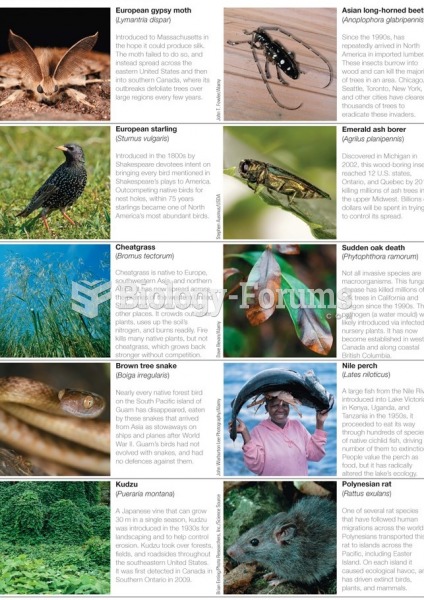Answer to Question 1
c
Answer to Question 2
It is reasonable for police to remove a passenger from a stopped vehicle, even when there is no suspicion that the passenger may be involved in a crime. The police can do this for their own safety. SCOTUS has found that talking to a driver while an officer is exposed to traffic puts the officer in danger. Removing the driver from a car is but a trivial invasion, because the driver has already been stopped. Balancing the possible danger to an officer against the trivial invasion of removing a driver from the car, the Court believed a request by the police for drivers to step out of their cars is reasonable. In applying the same balance to passengers that had been applied to drivers, the Court found that a request for a passenger in a stopped vehicle to step out of the car is reasonable. In one sense, that of personal liberty on the part of the passenger, the case is weaker than that for drivers. Drivers had been stopped because they had committed traffic offenses, but usually there is no reason to stop or detain a passenger. However, as a practical manner, the passengers are stopped by virtue of the vehicle stop. The only change in the circumstances that would result from ordering them to leave the car is that they would be outside of, rather than inside of, a stopped car. This promotes the interest in officer safety. Outside the car, passengers would be denied access to any possible weapons that may be concealed in the vehicle's interior.
The Court recognizes that traffic stops possess the possibility of violent encounters. This does not stem from a violation of the traffic laws, but because occupants of a vehicle may fear that evidence of a more serious crime might be discovered during the stop. A passenger would have the same motivation to employ violence to prevent arrest for a more serious crime as a driver would. As with the driver, the additional intrusion imposed by the order to leave the car would be considered minimal. Thus, doing so is reasonable.







